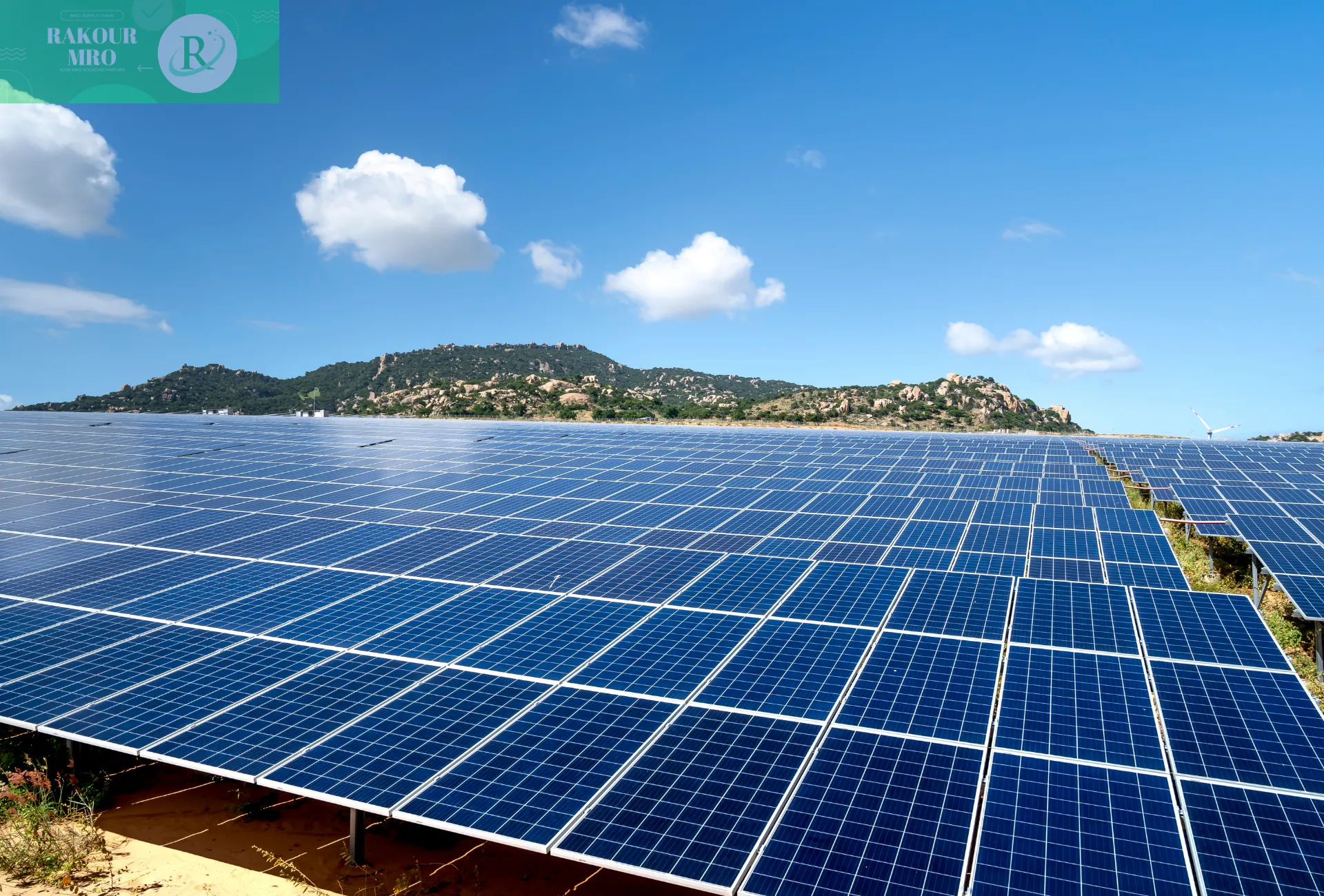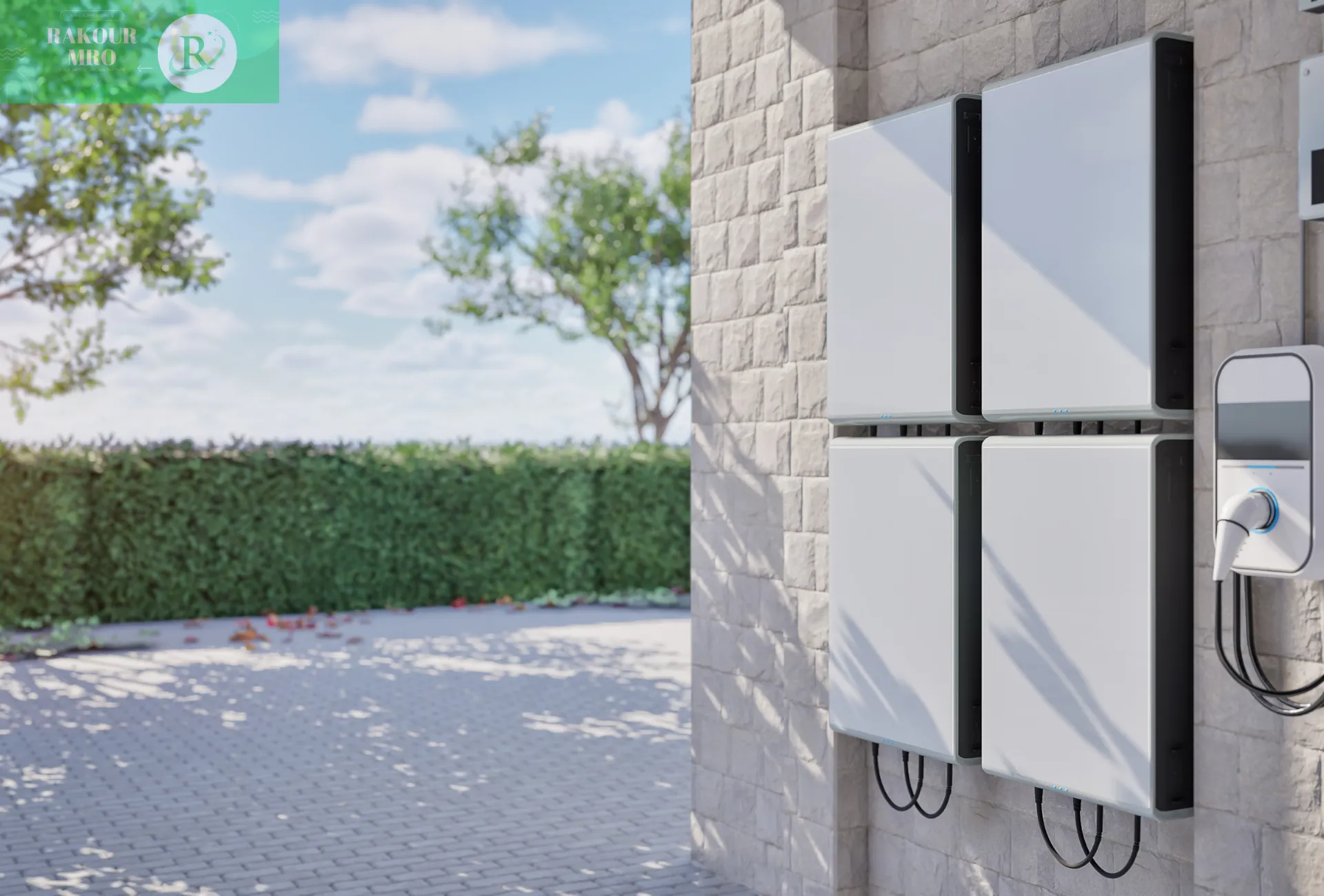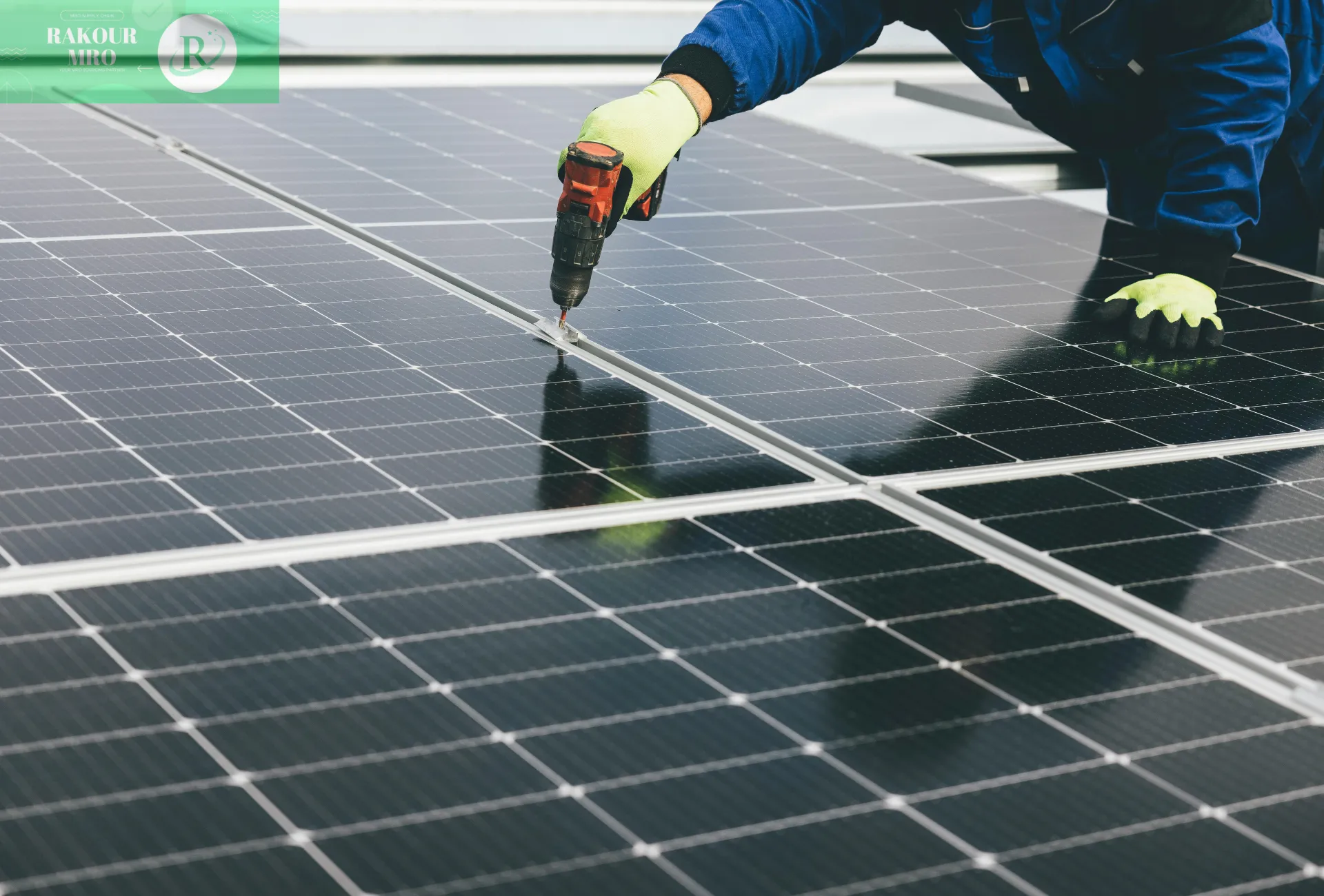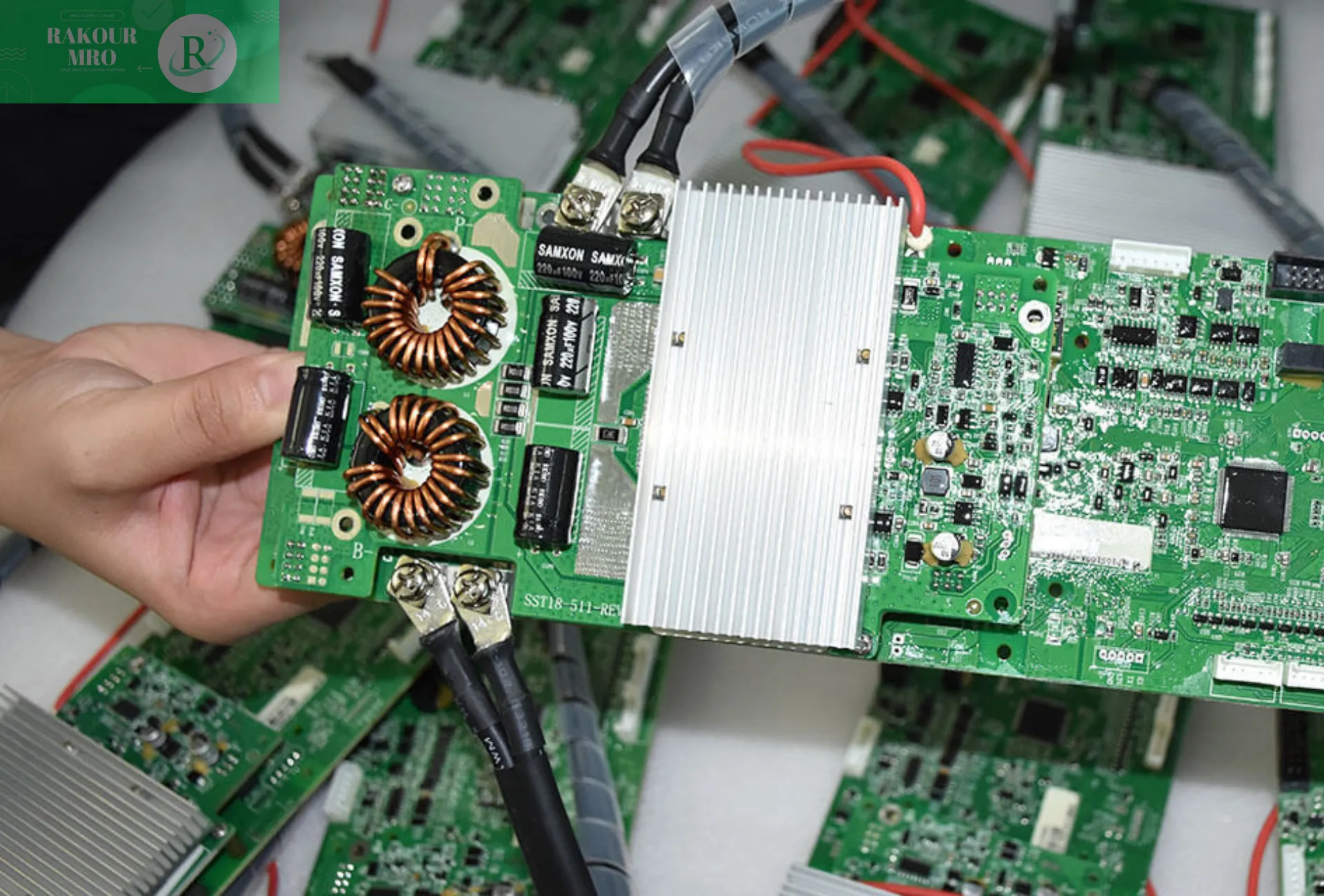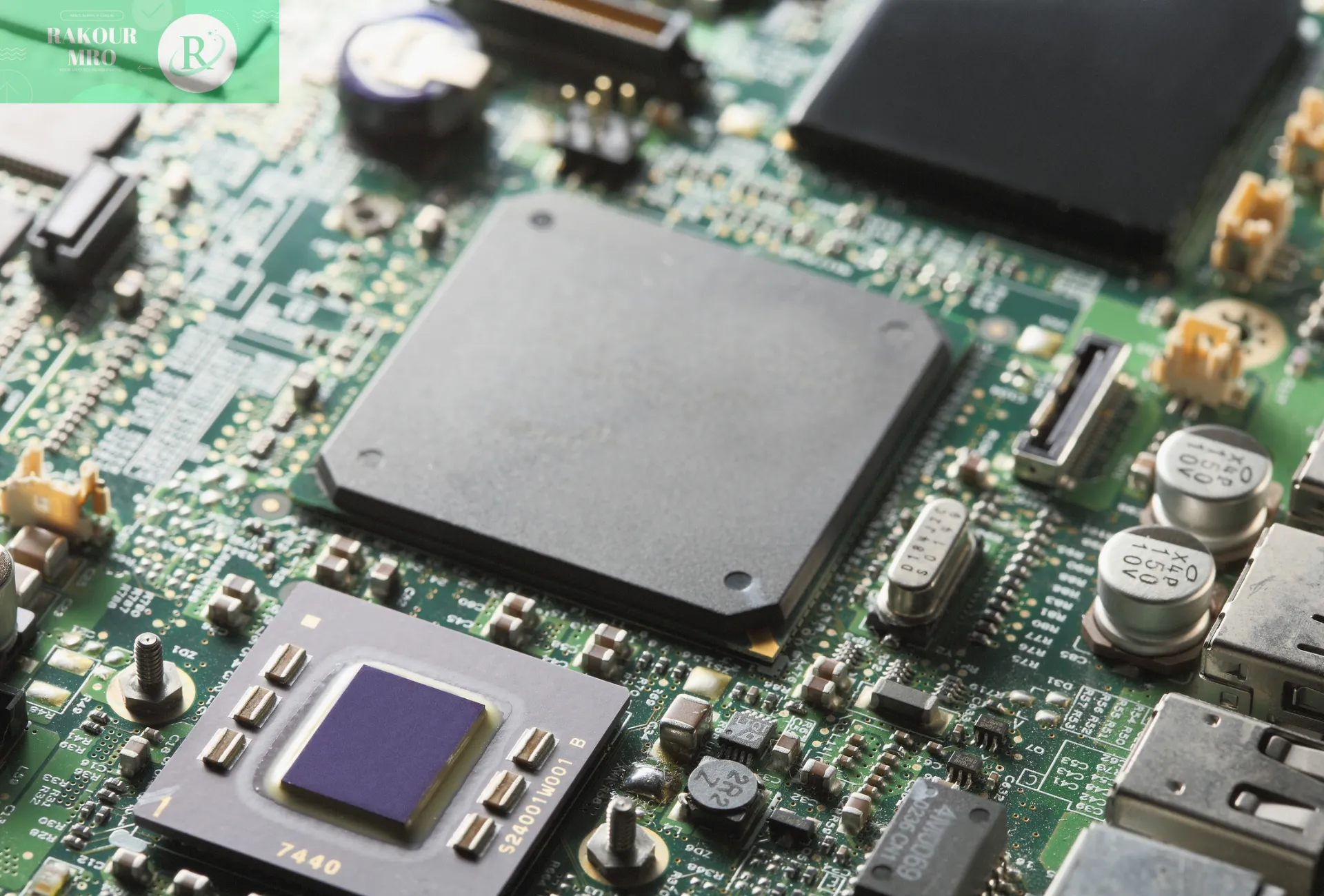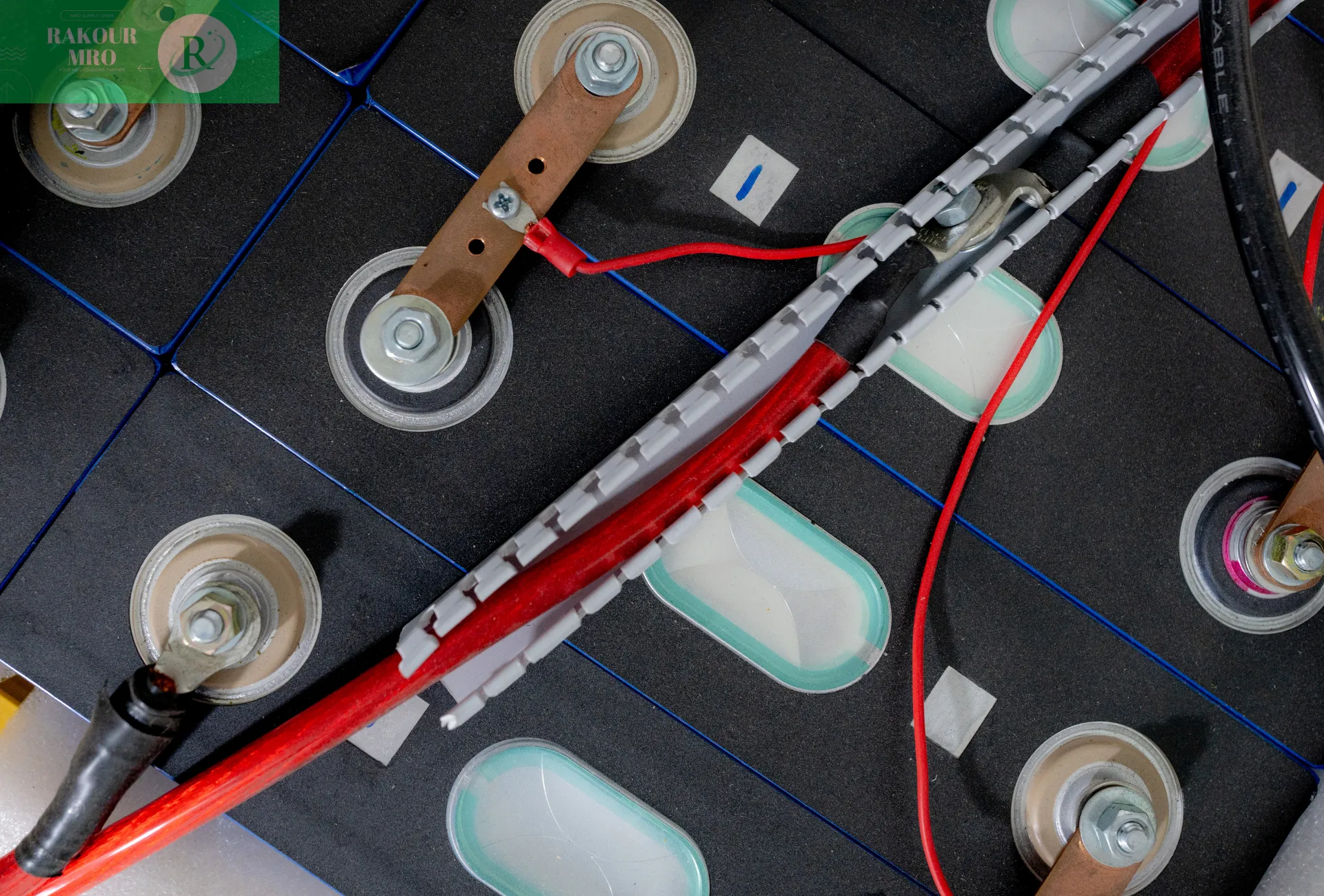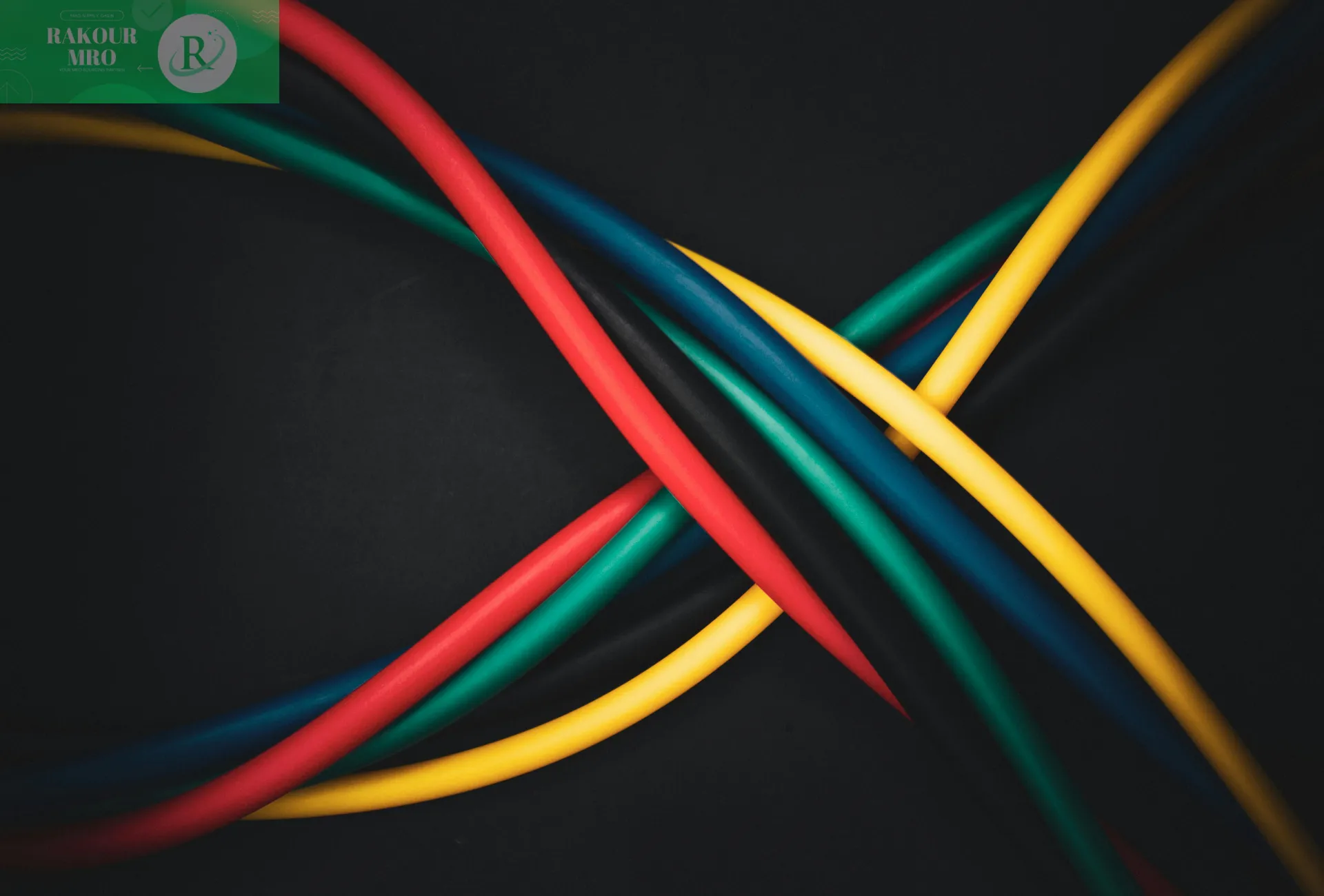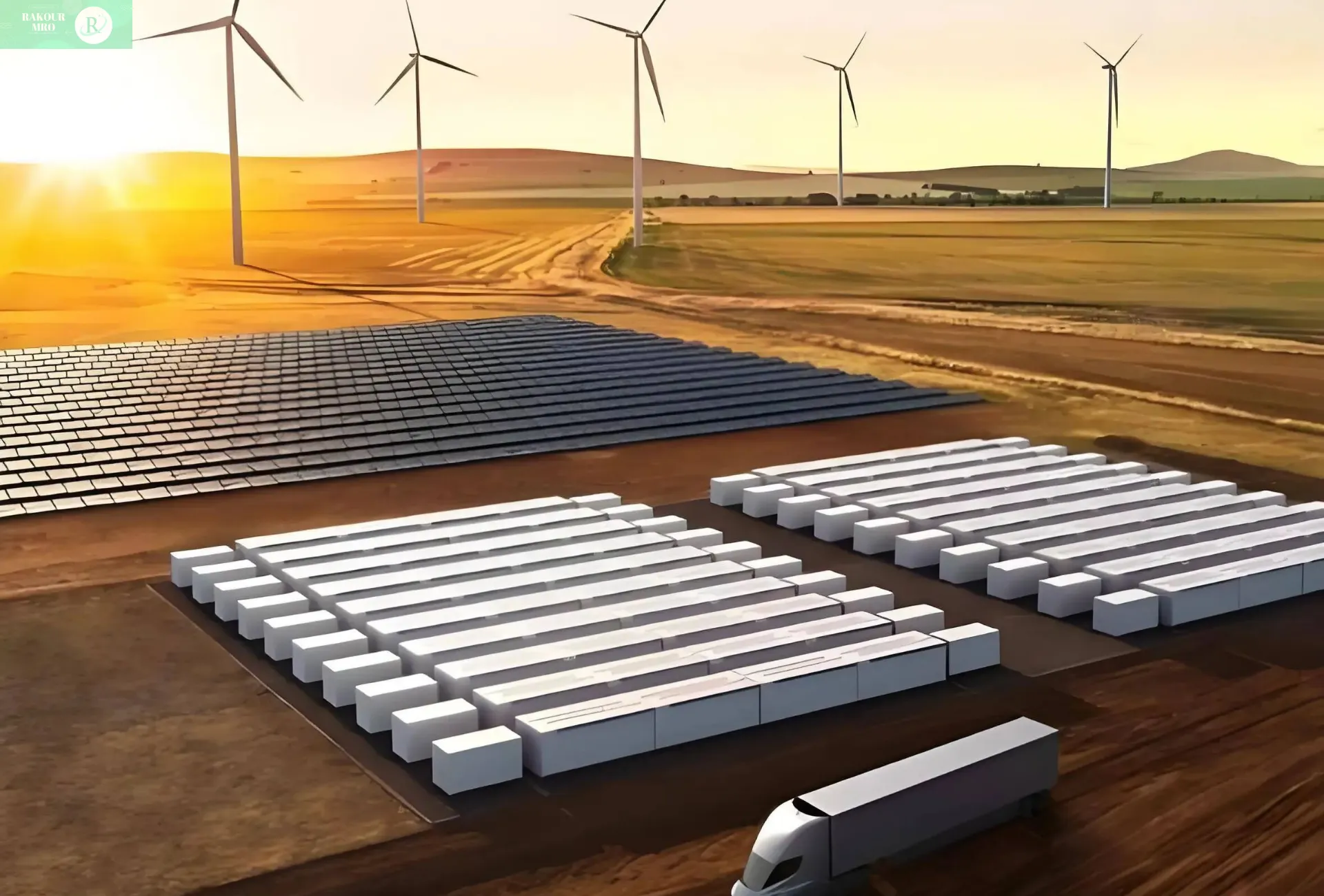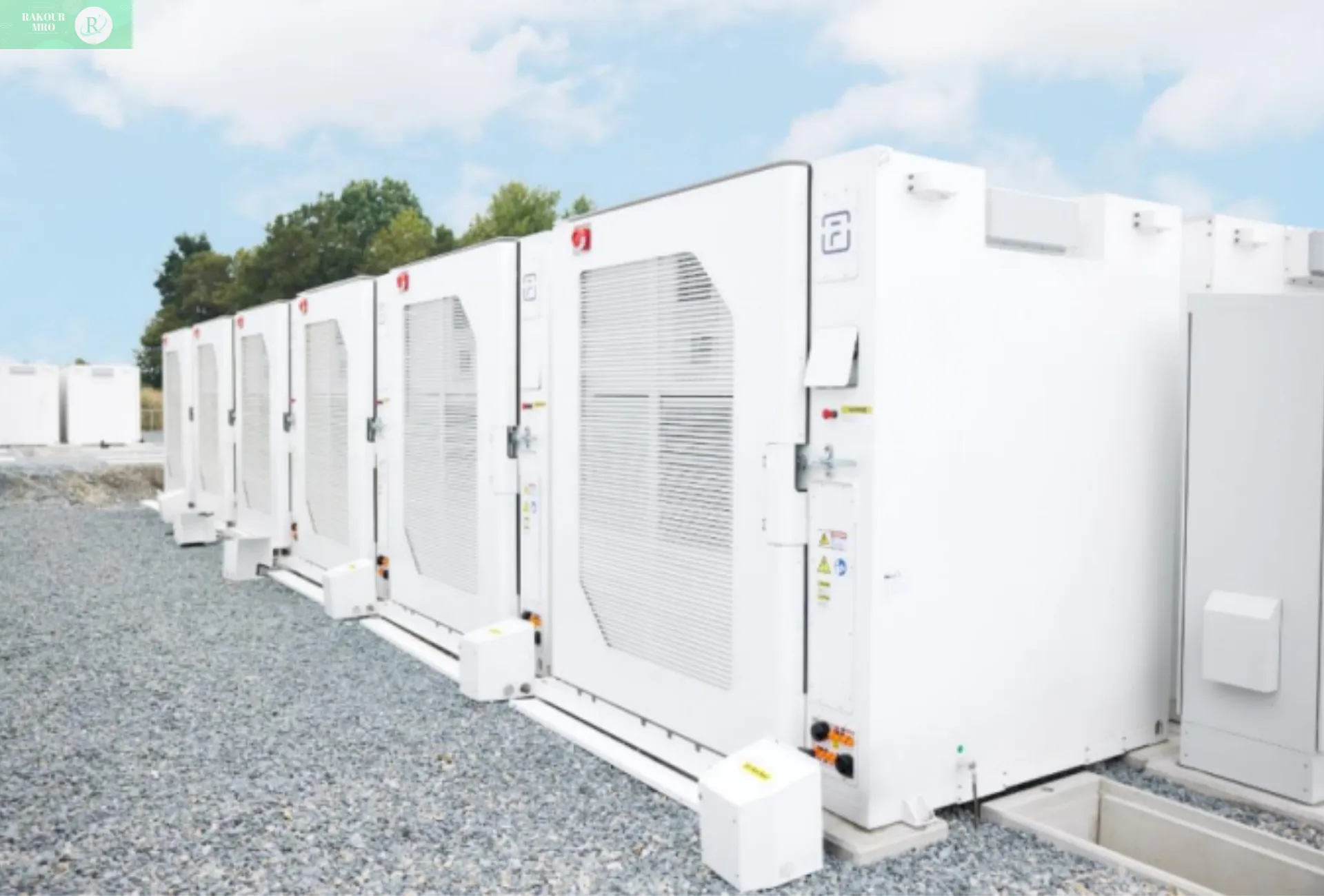Working Principle and Key Components of Solar Charging System
Convert sunlight into sustainable green energy, making electricity readily available
Solar panels convert sunlight into electricity through the photovoltaic effect. When photons strike the semiconductor material (usually silicon) on the panel, they excite electrons, generating direct current (DC). However, this energy needs to be properly managed and stored to be useful.
A complete solar charging system consists of several key components:
- Solar panels: These capture sunlight and convert it into electricity. Major types include monocrystalline silicon (highest efficiency, 15%-23%), polycrystalline silicon (cost-effective), and thin-film (lightweight and flexible).
- Charge controller: The system’s core management device, regulating the voltage and current from the solar panel to prevent overcharging the battery. Without it, excessive voltage generated by the solar panel can severely damage the battery.
- Batteries: These store solar energy for later use. Deep-cycle batteries are best suited for solar systems because they can withstand repeated charge and discharge cycles. Common choices include lead-acid batteries (economical) and lithium-ion batteries (particularly LiFePO₄, which are safer and have a longer lifespan).
- Inverter (optional): If you need to power devices that use alternating current (AC), an inverter is required to convert the direct current (DC) from the battery to AC.
- Wiring and Connectors: Ensure all components are securely connected.
It’s important to note that while it’s technically possible to connect solar panels directly to batteries, this is strongly discouraged due to the high risk of overcharging. Using a charge controller or portable power station is a safer and more reliable option.
Comparison of different types of solar panels
| Type | Efficiency | Lifespan | Cost | Best Use Cases |
|---|---|---|---|---|
| Monocrystalline | 17%-23% | 25-40 years | Higher | Limited space, high efficiency needs |
| Polycrystalline | 15%-17% | 20-35 years | Medium | Budget-conscious projects |
| Thin-Film | 7%-14% | 10-20 years | Lower | Flexible surfaces, portability |
How to Choose Components and Set Up Your System: A Step-by-Step Guide
Choosing the Right Components
When building a solar charging system, you need to ensure that all components match your energy needs and are compatible with each other:
- Calculate energy needs: List all devices you need to power and calculate the total energy consumption (in watt-hours). This determines the required battery capacity and solar panel size.
- Match the battery to the solar panel: A rough guideline is that the solar panel power should be approximately 1.5 times the battery capacity. For example, a 100Ah battery requires a 150-200W solar panel to charge effectively.
- Choose a charge controller: There are two main types: PWM (pulse-width modulation) and MPPT (maximum power point tracking). PWM is more economical and suitable for smaller systems; MPPT offers higher efficiency (up to 30%) and is particularly suitable for higher-power systems or environments with variable sunlight, but it also comes at a higher price.
A step-by-step guide to setting up your system
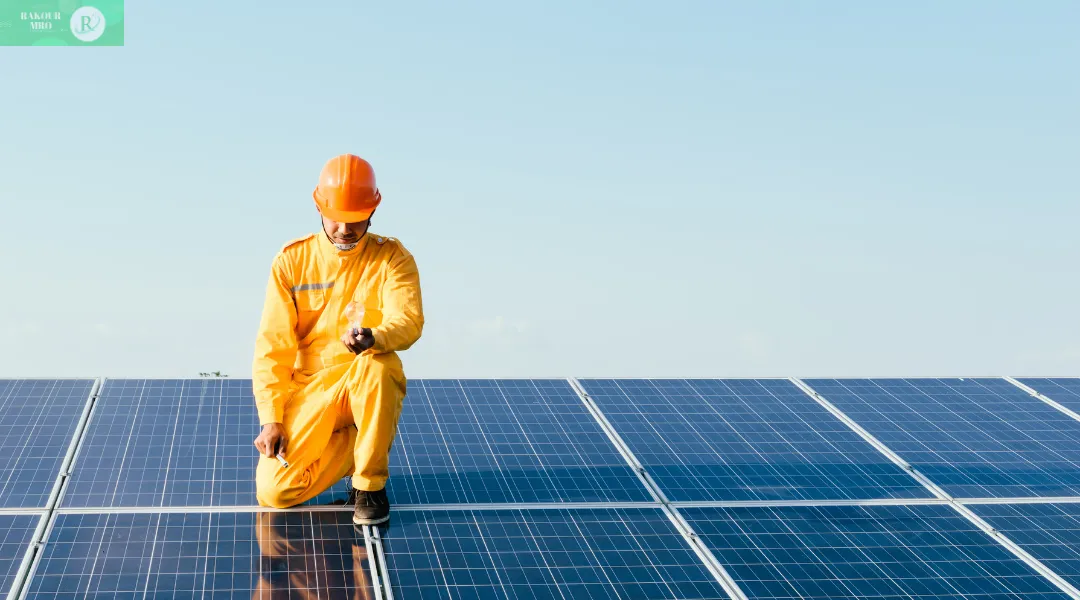
Installing solar panels: Place the panels in direct sunlight and avoid shadows. In the Northern Hemisphere, it is generally recommended to face due south.
Connecting the charge controller to the battery:
First, connect the battery to the charge controller. Using the appropriate gauge cables, connect the positive (+) lead of the battery to the positive terminal of the controller, and the negative (-) lead to the negative terminal.
IMPORTANT: Connecting the batteries first allows the controller to calibrate properly and avoids damage.
Connecting the solar panel to the charge controller:
Connect the output cable of the solar panel to the solar input terminal of the controller, and also pay attention to matching the positive and negative poles.
Safety Tips: When connecting, make sure the solar panel faces away from the sun or is covered with dark material to prevent sudden high voltage shock from damaging the controller.
Inspection and Testing: Turn on the system and check the controller display or LED indicators to confirm that it can detect the battery voltage and solar input.
Practical application cases
Consider a typical camping setup: using the Anker 767 solar generator (consisting of a 2400Wh portable power station and three 100W solar panels) to power a camping trip. This system can simultaneously power a smartphone, laptop, or even small appliances. Its solar panels utilize high-efficiency monocrystalline silicon technology, achieving a conversion efficiency of up to 23%, and feature a built-in MPPT controller for plug-and-play simplicity.
System maintenance and troubleshooting
Tips for maximizing performance
Properly place and clean solar panels: regularly remove dust, bird droppings and other debris. Adjust the tilt angle to face the sun according to the season.
Monitor battery status: Avoid overcharging or deep discharging the battery (usually not below 20%), which will shorten its life.
Temperature management: Extreme temperatures can affect battery performance and life. Store batteries in a cool, well-ventilated place.
Common Problems and Solutions
Slow or no charging: This is usually caused by insufficient light, a bad connection, or a dirty panel. Make sure the panel is facing correctly, check that all connections are secure, and clean the panel surface.
System not working at all: Check that the fuse is not blown, all connections are correct, and that the charge controller is starting properly.
The power output is lower than expected: The panels may be obscured or dirty, or the weather may be unfavorable. Even a small shadow can significantly reduce output.
Pro Tip: Invest in a high-quality MPPT charge controller, which can significantly improve energy harvesting efficiency in non-ideal lighting conditions (e.g., cloudy days, cold temperatures).
Summarize
Solar panels offer a clean, renewable, and affordable way to generate electricity, allowing you to harness the free power of sunlight. From powering camping trips to providing a backup power source for your home, solar energy has a wide range of applications.
By understanding the basic principles of solar charging, selecting the right components, setting it up correctly, and following maintenance recommendations, you can easily build a reliable solar charging system and enjoy a more self-sufficient and environmentally friendly lifestyle.

